
A lot of hustle and bustle on the feeding tray while the birds come and go. More want to join the pack than fit the tray but we make sure to fill up frequently so that hopefully none will go away without having had a morsel.


A lot of hustle and bustle on the feeding tray while the birds come and go. More want to join the pack than fit the tray but we make sure to fill up frequently so that hopefully none will go away without having had a morsel.

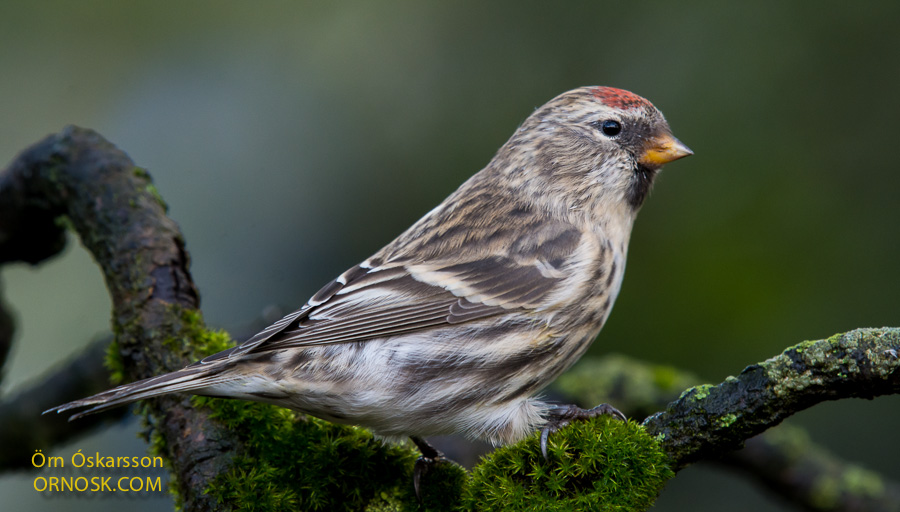
It has been exceptionally lively in the garden for the last few days. It has been raining with some heavy winds which makes the garden a good place to find food and shelter in.
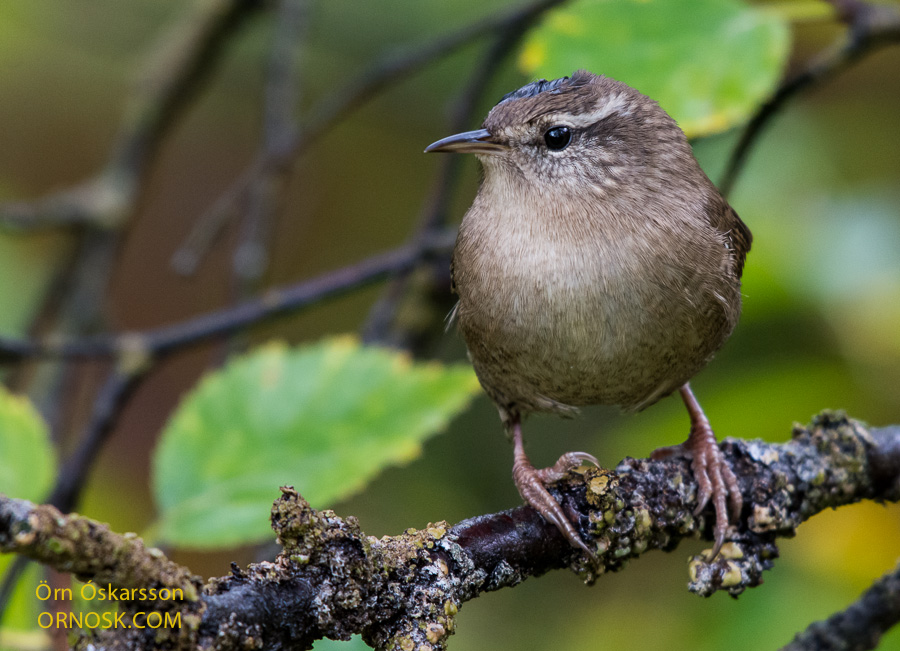
There have been the usual Redpolls, up to 25 of them, seven Blackbirds, lots of Redwings and Starlings, two Goldcrests and a Wren. Then there are the Crossbills that have taken a liking to our garden and there were at least nine of them here this morning. But the most unusual ones here are the Siskins. Their numbers have grown from last week and now there are at least 12 of them.
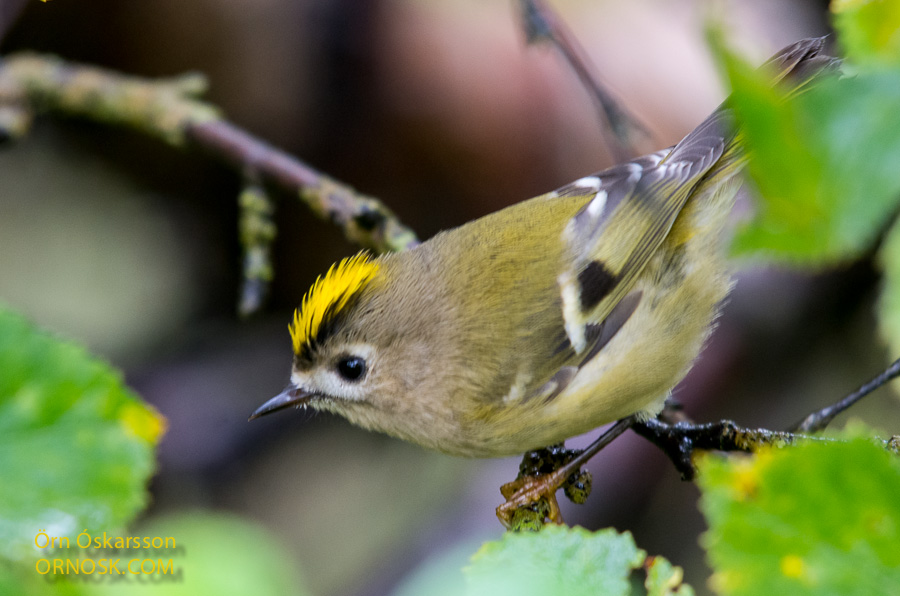
We wake up in the morning with the Siskins chittering outside our bedroom window. It is such a lovely start to the day.
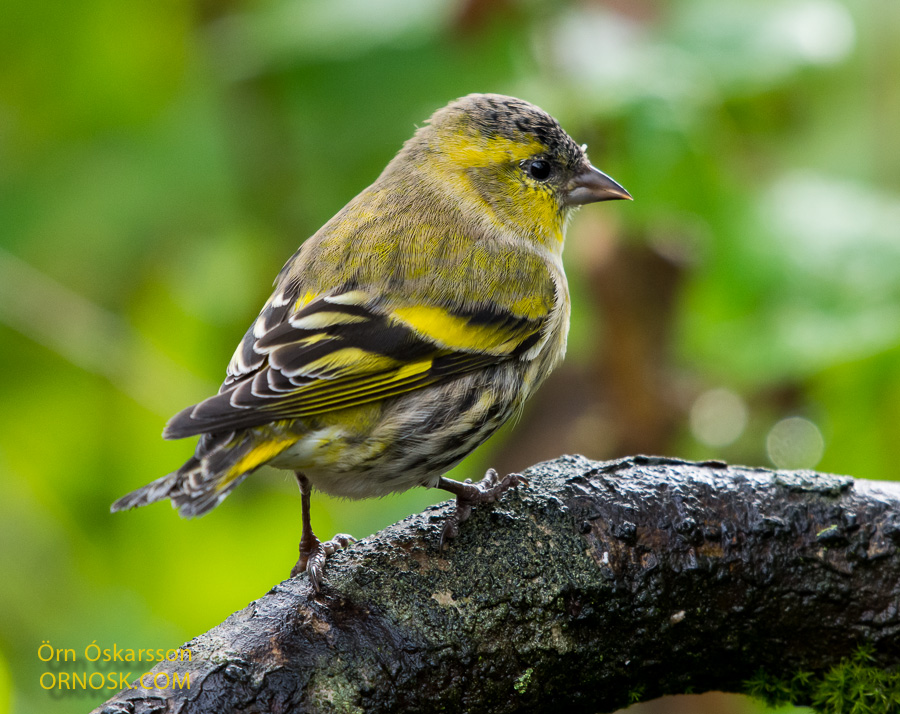

Once again we are so fortunate to be visited by this beautiful creature, the Little Egret. It has been spotted around Selfoss in the last ten days. In its stark white plumage it stand out among most other Icelandic birds.
In recent years the Little Egret has become an annual vagrant in Iceland and has been seen around Selfoss both spring and autumn. These birds probably come from Great Britain or Ireland where the population has been increasing for the last 20 years.
It is high autumn and the scenery has changed colours. Already there have been nights with temperatures below zero.
Despite autumn storms with strong winds and rain, we have beautiful days in between. These photoes were taken last weekend when we enjoyed the stillness and colours of the serene autumn atmosphere in the highlands.

The Siskin is a favoured guest in our garden. It is rather rare here although a frequent vagrant in Iceland. In the last few years they have come here in the spring and autumn, usually one or two birds, staying only for a few days. The Siskin may have started breeding regularly in the fast growing Icelandic forests but records are limited.
The Siskin stands out among the Redpolls on our feeders in their beautiful yellow and grey colours. The male is more prominent as the yellow colours contrast with the black.
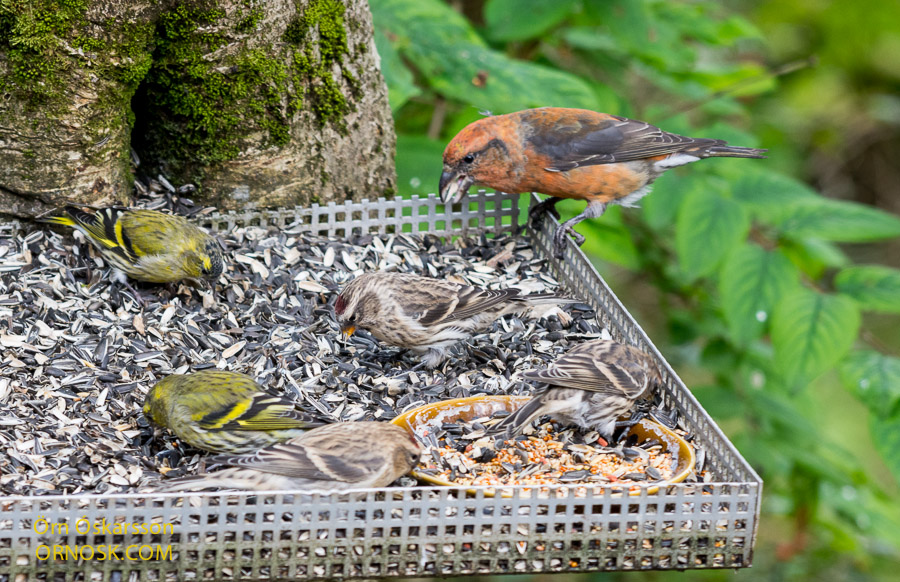
For a week now three have been visiting. Whether they plan to stay for the winter remains to be seen but we make the most of their stay and watch them as they mingle with Redpolls and Crossbills. Their stay will most likely be temporary, our garden only a stopover before they leave for warmer climates.
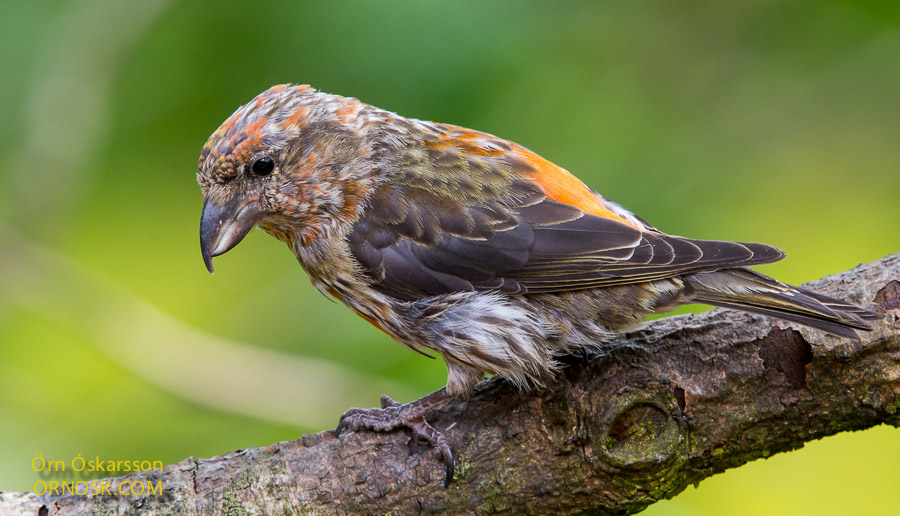
Through the summer we have put out feed for the birds, sunflower seed. In the end of May a Common Crossbill appeared with a few chicks, a male with its offsprings. In June the number of chicks multiplied and for a time there were two males with no less than sixteen baby chicks on the feeding tray.
Later the males disappeared leaving the chicks here on their own. They have been here the whole summer, often five to six of them but now they are eleven.
The chicks are becoming more mature and their plumage is taking on the colours of the adults. Reed and yellow orange feathers are appearing. The youngest, however, still hold on to their grey tones.
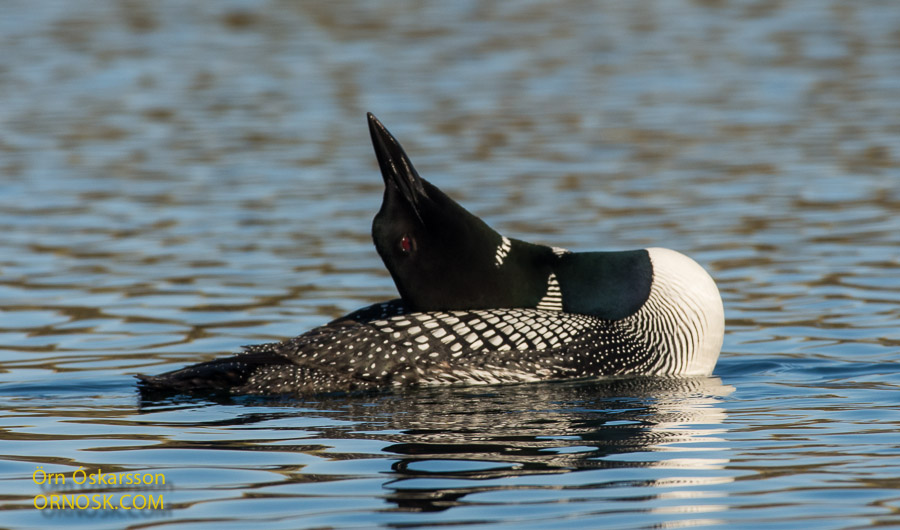
The Great Northern Diver breeds in Canada, Alaska, the northern regions of USA and southern Greenland but Iceland is the diver’s only habitat in Europe.
In autumn the Great Northern Diver leaves the highlands and stays in the ocean around the country until spring arrives again. The population in Iceland is believed to count less than 1000 birds.